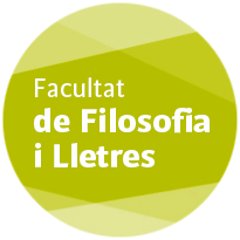A càrrec del Professor Scott Jarvis, University of Utah (EEUU)
Dilluns 13 de novembre, de les 13 a les 14 hores, a l'edifici Ramon Llull (aula A11)
Seguidament aportem un resum de la conferència:
Several past studies have confirmed what language learners and teachers already know—that the easiest words to learn in another language are cognates (Elgort, 2013) and words that learners encounter frequently in the target language (Pigada & Schmitt, 2006). But, what happens when these factors are not present? What determines how difficult it will be to remember a word that the learner encounters for the first time (i.e., frequency = 1) in an unrelated language (where the word is not a cognate)? Past research suggests that word learnability in such cases might be affected by the word’s structural and semantic complexity (e.g., de Groot & Keijzer, 2000; Dela Rosa & Eskenazi, 2011), as well as by formal and semantic congruities between the target language and the languages the learner already knows (even when the target word does not have a cognate in any of the languages the learner already knows) (e.g., Ard & Homburg, 1983; Paribakht, 2005). In this talk, I review the findings of past research on word learnability and then present the results of my own research on this topic.
The study I present examines the potential effects of the following variables: structural familiarity (recognizable similarities between target-language and native-language words, which are not cognates), structural viability (whether an target-language word is structurally possible in the learners’ native language), semantic familiarity (whether the target word translates directly into the learners’ native language), and conceptual salience (whether it is easy to create a clear and precise mental image of what the target word means). Participants in the study included 124 undergraduate, English-speaking students at an American university. They were taught 16 Finnish and 16 pseudo words that represented differing combinations of the four variables. After learning each word and its meaning, about half of the participants were shown the word forms and were asked to recall their meanings. The other half were shown the meanings and were asked to recall the corresponding word forms.
Participants also described the mnemonic strategies they used to help them remember the words and their meanings. The results show that the two structural factors had the strongest effects on participants’ recall of both form and meaning. The effects of the semantic factors were more subtle and less consistent. The findings of this study—combined with the findings of previous research—demonstrate an interesting, nuanced interplay between crosslinguistic similarity and lexical complexity in determining which words are easy versus difficult to learn in an unrelated L2. They also suggest that the effects of these factors are more predictable but less powerful than some of the mnemonic strategies that learners employ.
Data de l'esdeveniment: 13/11/2017
Data de publicació: Sun Oct 22 13:46:00 CEST 2017
